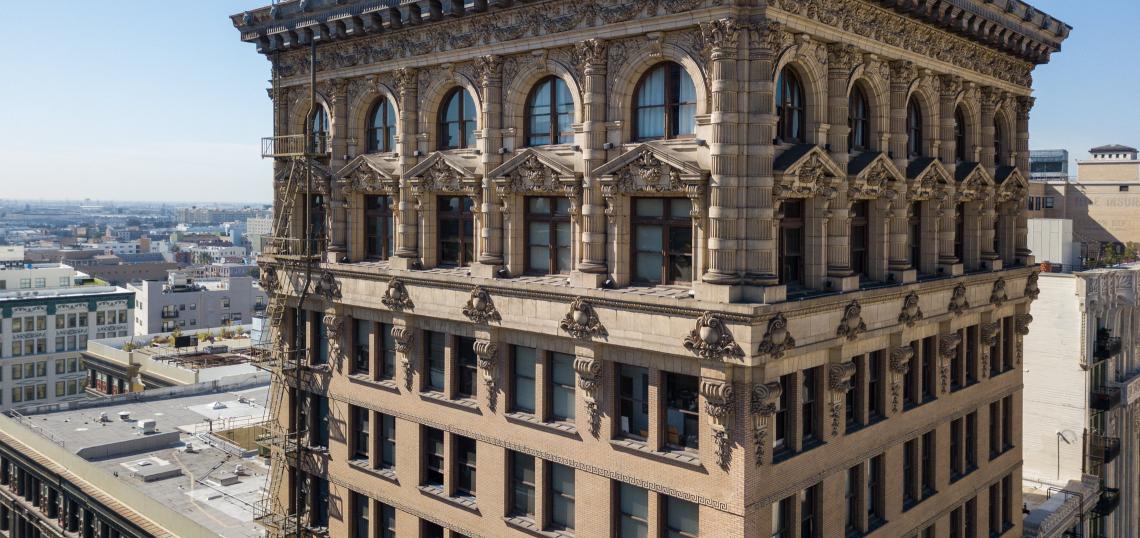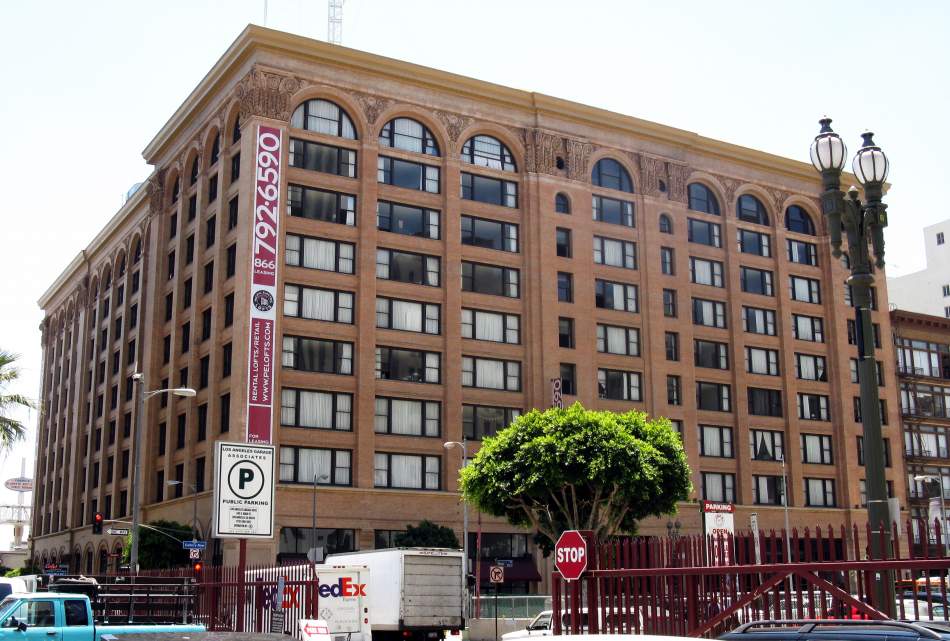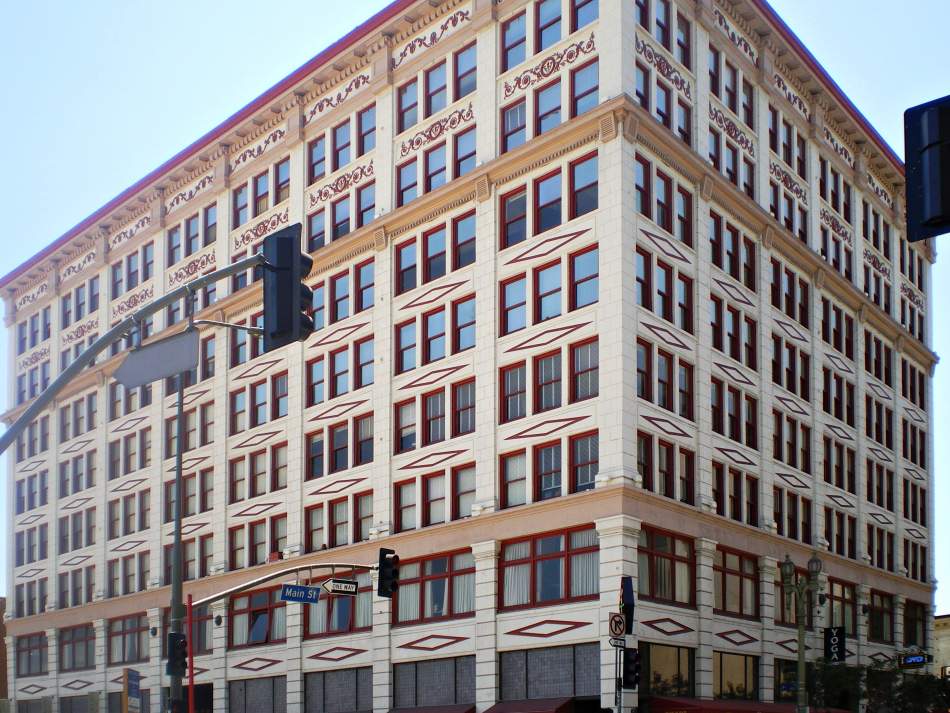In 1999, the City of Los Angeles adopted the Adaptive Reuse Ordinance (ARO), clearing the way for property owners to convert the upper floors of historic Downtown buildings into condos and apartments. The law, which has ushered in the construction of thousands of residential units since its enaction, is widely credited for Downtown's rapid growth over the past two decades. Now, a member of the City Council hopes to expand the ARO citywide - provided it is used only for below market-rate housing.
"Adaptive reuse has been a success story in the city since 1999, when the city enacted the ordinance, thereby allowing much needed housing," reads a motion introduced on December 15 by 5th District Councilmember Paul Koretz. "Now, with more Angelinos[sic] working from home, the city has the opportunity to adaptively reuse more types of buildings for affordable housing."
Koretz's motion, which has been referred to the Council's Planning Committee for consideration, calls for the ARO to be updated to allow by-right conversions of buildings that are at least five years old outside of Downtown Los Angeles, as well as neighboring communities where the ordinance also applies. Under the proposal, any new housing created outside of the existing ARO areas would be deed-restricted for rent or purchase by moderate-income households - meaning those earning between 81 and 120 percent of the area median income. Linkage fees - the money paid by developers into the citywide affordable housing trust fund - would be waived for eligible projects.
The expanded ARO would be limited to moderate-income housing - which is defined as a household of four earning no more than $92,750 per year based on the Los Angeles area median income. Live/work, artist-in-residence, and hotel developments would be excluded from the expanded ARO incentives. Additionally, developers would be required to retain commercial space at the ground-floor of eligible buildings.
"Expanding [ARO] to projects that meet the proposed enumerated criteria would preserve a neighborhood's character by keeping existing buildings intact and repurposing them as living space at a fraction of the cost of new construction," writes Koretz, who notes that the median price of a home in Los Angeles has risen to $650,000, while the median monthly rent for a one-bedroom apartments is currently $2,412.
The proposed expansion of ARO comes as safety precautions to curb the spread of COVID-19 have cut office occupancy in the Los Angeles area by 2.7 million square feet. However, some economists have noted that the empty buildings left behind could provide an opportunity for city officials to ease its housing shortage, while also sidestepping contentious debates over rezoning the single-family neighborhoods which blanket the region.
An expansion of ARO would follow multiple failures by state lawmakers to pass legislation aimed at increasing home construction in pricey coastal cities such as Los Angeles and San Francisco. Koretz, who recently announced his candidacy for City Controller, has been a vocal opponent of such efforts.








